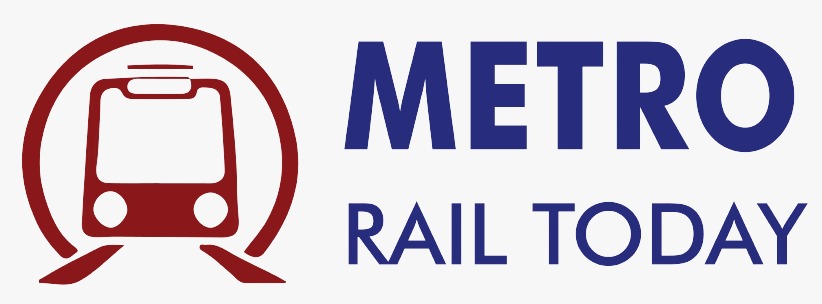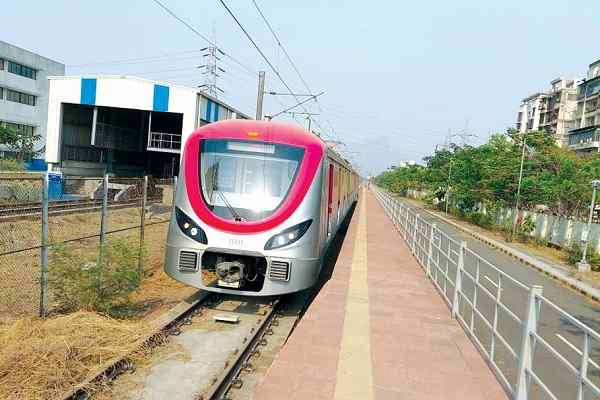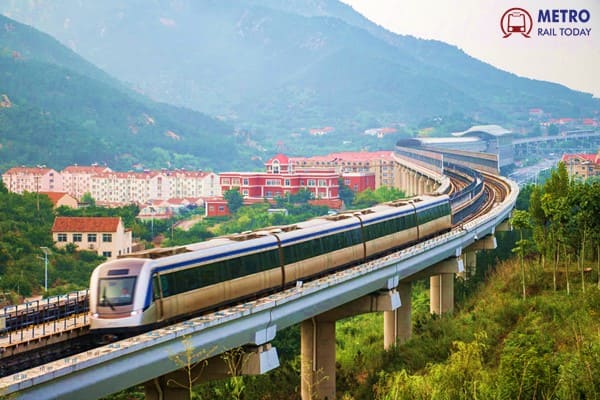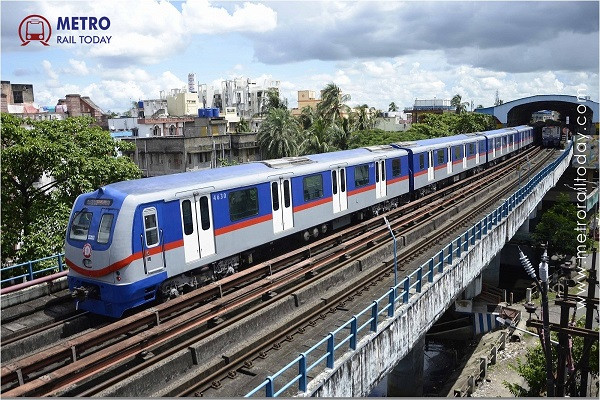 Know latest progress of Kolkata Metro Expansion, 20 km length stuck over land issues
Know latest progress of Kolkata Metro Expansion, 20 km length stuck over land issues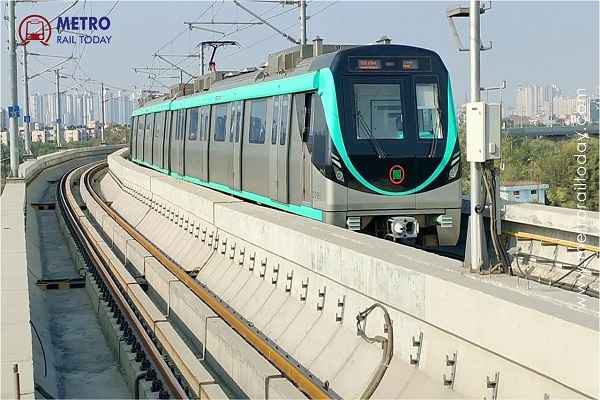 Ayesa India wins Design Consultancy Contract for Noida Metro Aqua Line Extension
Ayesa India wins Design Consultancy Contract for Noida Metro Aqua Line Extension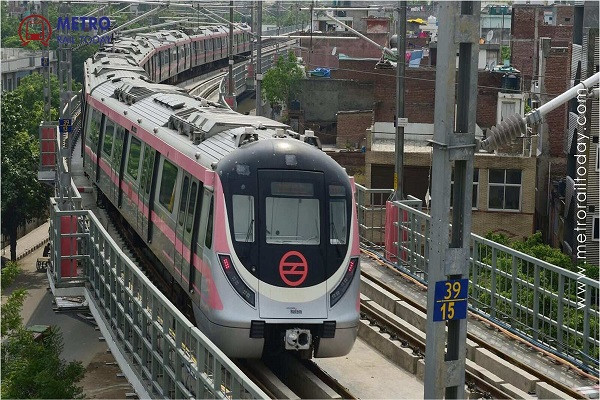 Vossloh Cogifer bags Track Infrastructure Contract for Delhi Metro Phase 4 Corridors
Vossloh Cogifer bags Track Infrastructure Contract for Delhi Metro Phase 4 Corridors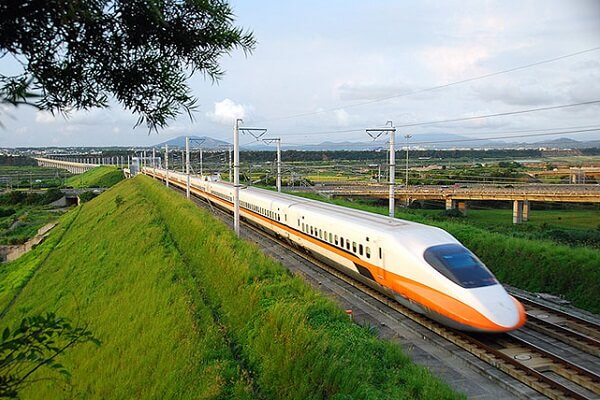 Railway finalised revised alignment for ₹16,000-crore Pune–Nashik Semi High-Speed Rail Corridor
Railway finalised revised alignment for ₹16,000-crore Pune–Nashik Semi High-Speed Rail Corridor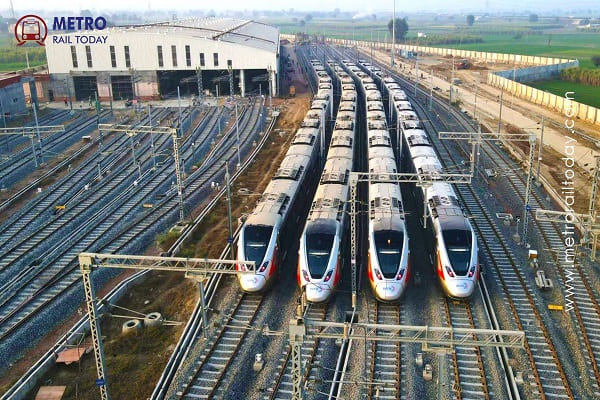 India’s First High-Speed, Signalling-Integrated CMV launched for Namo Bharat RRTS Corridor
India’s First High-Speed, Signalling-Integrated CMV launched for Namo Bharat RRTS Corridor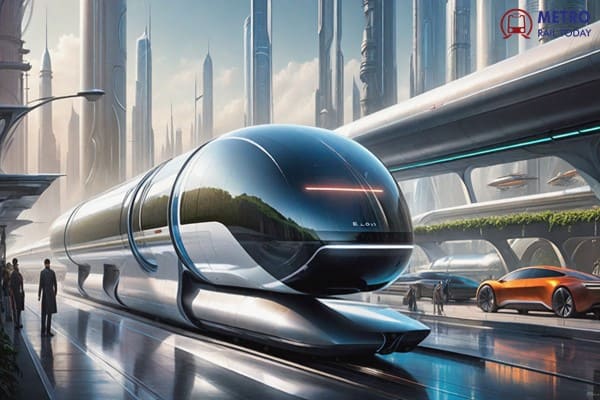 TuTr Hyperloop secures First-Ever Order from Deendayal Port Authority
TuTr Hyperloop secures First-Ever Order from Deendayal Port Authority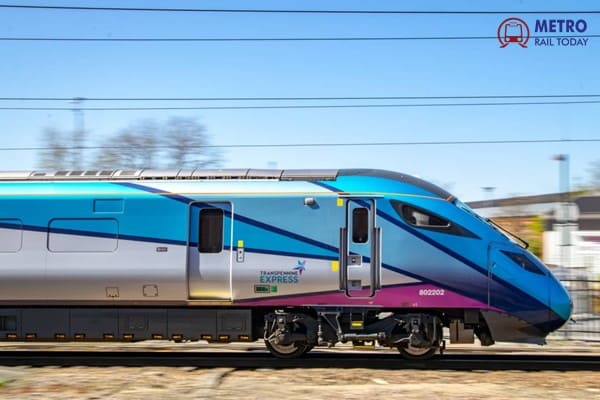 BEML bags ₹157 Crore Order from Loram Rail for Switch Rail Grinding Machines
BEML bags ₹157 Crore Order from Loram Rail for Switch Rail Grinding Machines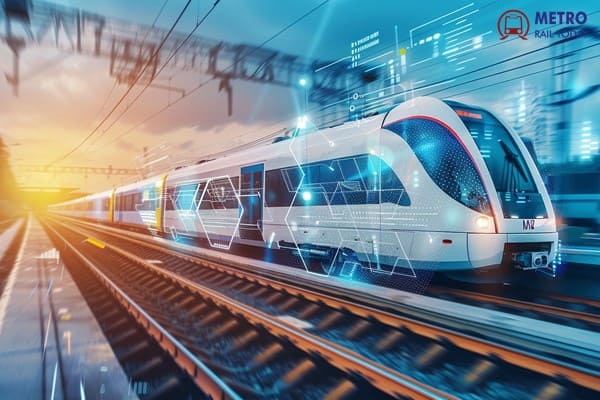 MxV Rail and KRRI forge Global Research Alliance to accelerate Next-Generation Rail Technologies
MxV Rail and KRRI forge Global Research Alliance to accelerate Next-Generation Rail Technologies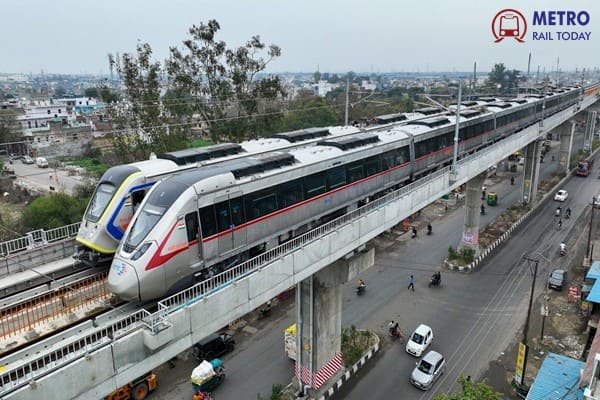 Uttarakhand seeks Pre-Feasibility Study for Meerut-Haridwar-Rishikesh RRTS Corridor
Uttarakhand seeks Pre-Feasibility Study for Meerut-Haridwar-Rishikesh RRTS Corridor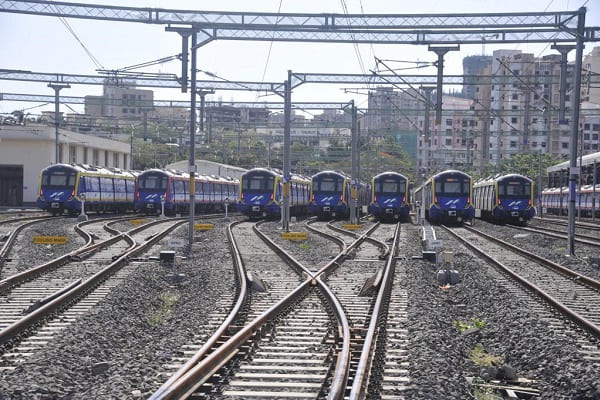 RIFTEK achieves major milestones in partnership with Indian Metro Rail Systems
RIFTEK achieves major milestones in partnership with Indian Metro Rail Systems
Upcoming Railway and Metro Projects in the Middle East: A Comprehensive Overview
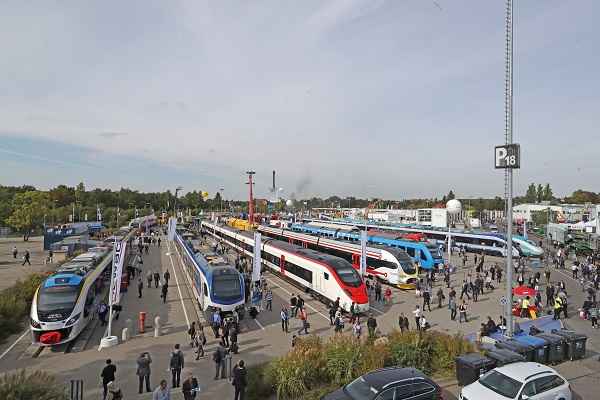
The Middle East is undergoing a massive transformation in terms of transportation infrastructure, with several groundbreaking railway and metro projects currently under development. These initiatives are not only enhancing connectivity across cities and countries but also fueling economic growth, boosting regional integration, and offering sustainable transportation solutions. In this article, we will provide an in-depth look at some of the most prominent railway and metro projects in the Middle East, including their costs, timelines, and the strategic goals they aim to achieve.
1. Etihad Rail Network (UAE)
The Etihad Rail Network is one of the UAE’s most ambitious infrastructure projects, designed to create a national rail network that connects key industrial areas, urban centers, and ports. With a total length of 1,200 km, the network will eventually integrate with the broader Gulf Cooperation Council (GCC) railway system, enabling seamless transport across the region.
Cost & Timeline:
- Estimated Cost: $11 billion
- Completion Timeline: Expected to be completed by 2030, with phased completion of sections throughout the years.
Strategic Goals:
- Enhance economic growth by improving logistics and freight movement.
- Provide sustainable transport options, reducing reliance on road transport.
- Foster regional integration by connecting the UAE to neighboring GCC countries.
2. GCC Railway
The GCC Railway is a major cross-border rail project intended to link all six GCC member countries: Saudi Arabia, UAE, Qatar, Oman, Bahrain, and Kuwait. This 2,100 km network will significantly enhance regional connectivity and economic cooperation among the Gulf states.
Cost & Timeline:
- Estimated Cost: $15 billion
- Completion Timeline: Expected to be completed by 2028.
Strategic Goals:
- Promote trade and economic integration between GCC countries.
- Reduce traffic congestion and pollution by offering an alternative to road transport.
- Improve efficiency in the movement of goods and passengers across the region.
3. Riyadh Metro (Saudi Arabia)
The Riyadh Metro Project, part of the King Abdulaziz Project for Riyadh Public Transport, is one of the largest urban transit projects in the Middle East. It includes six metro lines with a total of 86 stations and spans 176 km across Riyadh.
Cost & Timeline:
- Estimated Cost: $22.5 billion
- Completion Timeline: The first phase is scheduled for completion in 2024, with full operational status expected by 2025.
Strategic Goals:
- Ease traffic congestion in Riyadh, a city with rapid population growth.
- Promote sustainable urban mobility by reducing dependence on cars.
- Improve the quality of life for residents and visitors by providing reliable public transport.
4. Doha Metro (Qatar)
Qatar is building an extensive metro system in its capital, Doha, as part of its broader rail infrastructure development, which also includes the Lusail Light Rail Transit. The Doha Metro aims to alleviate congestion and provide a fast, efficient, and environmentally friendly public transport option for the city’s residents and visitors.
Cost & Timeline:
- Estimated Cost: $36 billion (for the overall Qatar Rail network, including metro and other projects)
- Completion Timeline: The metro system is already partially operational, with full completion expected by 2025.
Strategic Goals:
- Reduce traffic congestion and enhance urban mobility.
- Support the country’s growing economy and infrastructure needs in line with World Cup 2022 preparations.
- Provide a sustainable public transport option.
5. Oman-UAE Rail Link
The Oman-UAE Rail Link is a critical project for connecting the two neighboring countries by rail, facilitating smoother transport of goods and passengers. The link will be part of the GCC Railway project and is expected to play a significant role in boosting regional economic integration.
Cost & Timeline:
- Estimated Cost: $3 billion
- Completion Timeline: Estimated completion by 2026.
Strategic Goals:
- Strengthen economic ties between Oman and the UAE.
- Enable the seamless movement of goods and passengers between the two countries.
- Support sustainable transport initiatives in the region.
6. Qatar-Saudi and Kuwait-Saudi Railways
These railway projects are integral parts of the broader GCC Railway network, which will connect Qatar and Kuwait with Saudi Arabia, promoting efficient regional transportation.
Cost & Timeline:
- Estimated Cost: $8 billion (for both projects)
- Completion Timeline: Expected to be completed by 2028.
Strategic Goals:
- Enhance regional connectivity for better economic cooperation.
- Facilitate the easy movement of goods and passengers.
- Promote cross-border trade within the GCC region.
7. Etihad Rail Dubai-Abu Dhabi High-Speed Passenger Railway
The Etihad Rail Dubai-Abu Dhabi high-speed rail project is set to revolutionize travel between the UAE’s two largest cities. The rail will significantly reduce travel time between Dubai and Abu Dhabi, which currently takes around 1.5 hours by car.
Cost & Timeline:
- Estimated Cost: $11 billion
- Completion Timeline: Expected to be completed by 2030.
Strategic Goals:
- Improve connectivity between two of the UAE's largest economic hubs.
- Promote sustainable transport and reduce road congestion.
- Provide a fast, convenient, and eco-friendly travel option for residents and tourists.
8. Dubai Metro Blue Line
The Dubai Metro Blue Line will span 30 km, connecting nine major areas in Dubai, including key business districts, residential areas, and transport hubs.
Cost & Timeline:
- Estimated Cost: $5 billion
- Completion Timeline: Expected to be completed by 2029.
Strategic Goals:
- Enhance the efficiency of public transport in one of the world’s busiest cities.
- Reduce traffic congestion and improve air quality.
- Offer a convenient and modern travel option for the growing population.
9. Algeria National Railway Project
Algeria is undergoing a major nationwide rail development program aimed at modernizing its transport infrastructure. This project will connect cities across Algeria and improve both freight and passenger transport services.
Cost & Timeline:
- Estimated Cost: $8 billion
- Completion Timeline: Expected to be completed by 2025.
Strategic Goals:
- Improve connectivity within Algeria and to neighboring countries.
- Support economic development by enhancing trade and transport efficiency.
- Reduce traffic and provide an eco-friendly transport option.
10. Saudi Landbridge Project
The Saudi Landbridge Project is an ambitious railway project that will connect Saudi Arabia’s eastern and western coasts, spanning 1,300 km. This strategic rail corridor will facilitate efficient movement of goods and passengers across the kingdom.
Cost & Timeline:
- Estimated Cost: $7 billion
- Completion Timeline: Expected to be completed by 2030.
Strategic Goals:
- Improve logistical efficiency by linking Saudi Arabia’s two coasts.
- Promote economic growth through enhanced connectivity and trade.
- Encourage more sustainable transport options.
11. NEOM’s The Line (Saudi Arabia)
NEOM’s The Line is an innovative urban development project that aims to create a car-free city with no streets or carbon emissions. At the heart of this development is a high-speed rail system that will connect the various parts of the city, providing fast and sustainable transport.
Cost & Timeline:
- Estimated Cost: $500 billion (for the entire NEOM project, which includes The Line)
- Completion Timeline: Phased completion beginning in 2025.
Strategic Goals:
- Pioneer the future of urban living with sustainable and environmentally friendly transport solutions.
- Reduce carbon emissions and reliance on cars.
- Promote innovation in urban planning and mobility.
12. Bahrain Metro
The Bahrain Metro project aims to provide a modern metro system that enhances urban mobility and alleviates traffic congestion in Bahrain’s capital, Manama.
Cost & Timeline:
- Estimated Cost: $1 billion
- Completion Timeline: Expected to be completed by 2028.
Strategic Goals:
- Improve public transportation options in a growing urban area.
- Provide an efficient, eco-friendly solution to traffic congestion.
- Support the country’s vision for sustainable development.
13. Oman Rail
Oman Rail is a national project aimed at connecting Oman’s major cities and regions with each other and with neighboring countries through an extensive railway network.
Cost & Timeline:
- Estimated Cost: $3 billion
- Completion Timeline: Expected to be completed by 2027.
Strategic Goals:
- Promote economic growth by improving logistics and transport.
- Enhance regional integration with neighboring GCC countries.
- Provide an alternative, sustainable transport option for Oman’s population.
14. Kuwait National Rail Network
The Kuwait National Rail Network is a comprehensive rail project designed to improve connectivity within Kuwait and with neighboring countries. The network will be part of the GCC Railway and will support the movement of both goods and passengers.
Cost & Timeline:
- Estimated Cost: $7 billion
- Completion Timeline: Expected to be completed by 2027.
Strategic Goals:
- Strengthen Kuwait’s transportation infrastructure.
- Foster regional economic cooperation and integration.
- Support sustainable development by offering an environmentally friendly transportation option.
15. Muscat Metro (Oman)
The Muscat Metro is a planned metro system aimed at addressing traffic congestion in Oman’s capital, Muscat. This metro system will be part of a broader effort to modernize the country’s transport infrastructure.
Cost & Timeline:
- Estimated Cost: $2 billion
- Completion Timeline: Expected to be completed by 2026.
Strategic Goals:
- Alleviate traffic congestion and improve urban mobility.
- Provide a reliable, efficient public transport option.
- Support economic growth by enhancing connectivity in Muscat.
16. Makkah Metro Expansion (Saudi Arabia)
The Makkah Metro Expansion project is designed to improve the existing metro system in Makkah, Saudi Arabia. This expansion will cater to the growing demand for transportation during peak pilgrimage seasons and support the daily movement of residents.
Cost & Timeline:
- Estimated Cost: $1.5 billion
- Completion Timeline: Expected to be completed by 2026.
Strategic Goals:
- Enhance transportation options for residents and pilgrims.
- Improve the efficiency of transport during the Hajj season.
- Support sustainable urban mobility in a rapidly growing city.
Conclusion
The Middle East is witnessing an unprecedented wave of railway and metro projects that are set to redefine regional connectivity and urban mobility. With billions of dollars being invested in these projects, the impact on the region’s economies and sustainability goals will be profound. As these projects continue to unfold, they will not only meet the growing demands of their populations but also enhance cooperation and trade across the entire Middle East and beyond.
